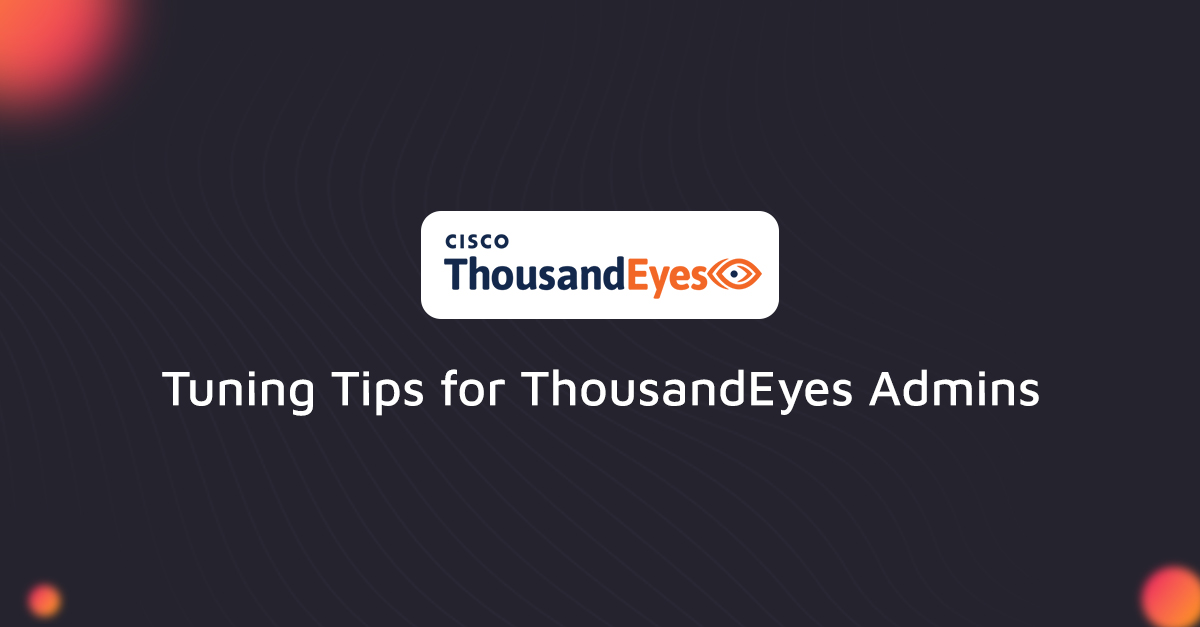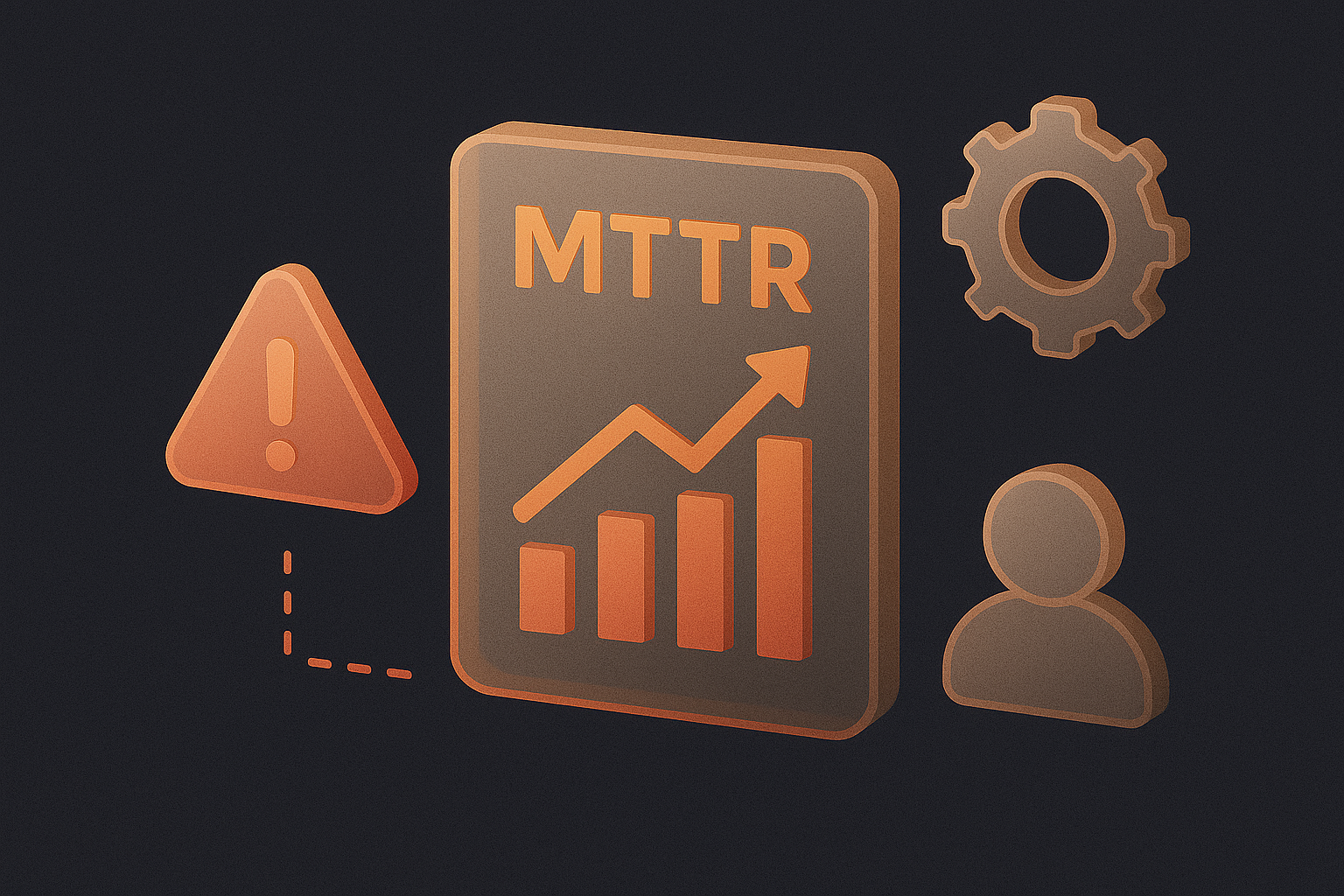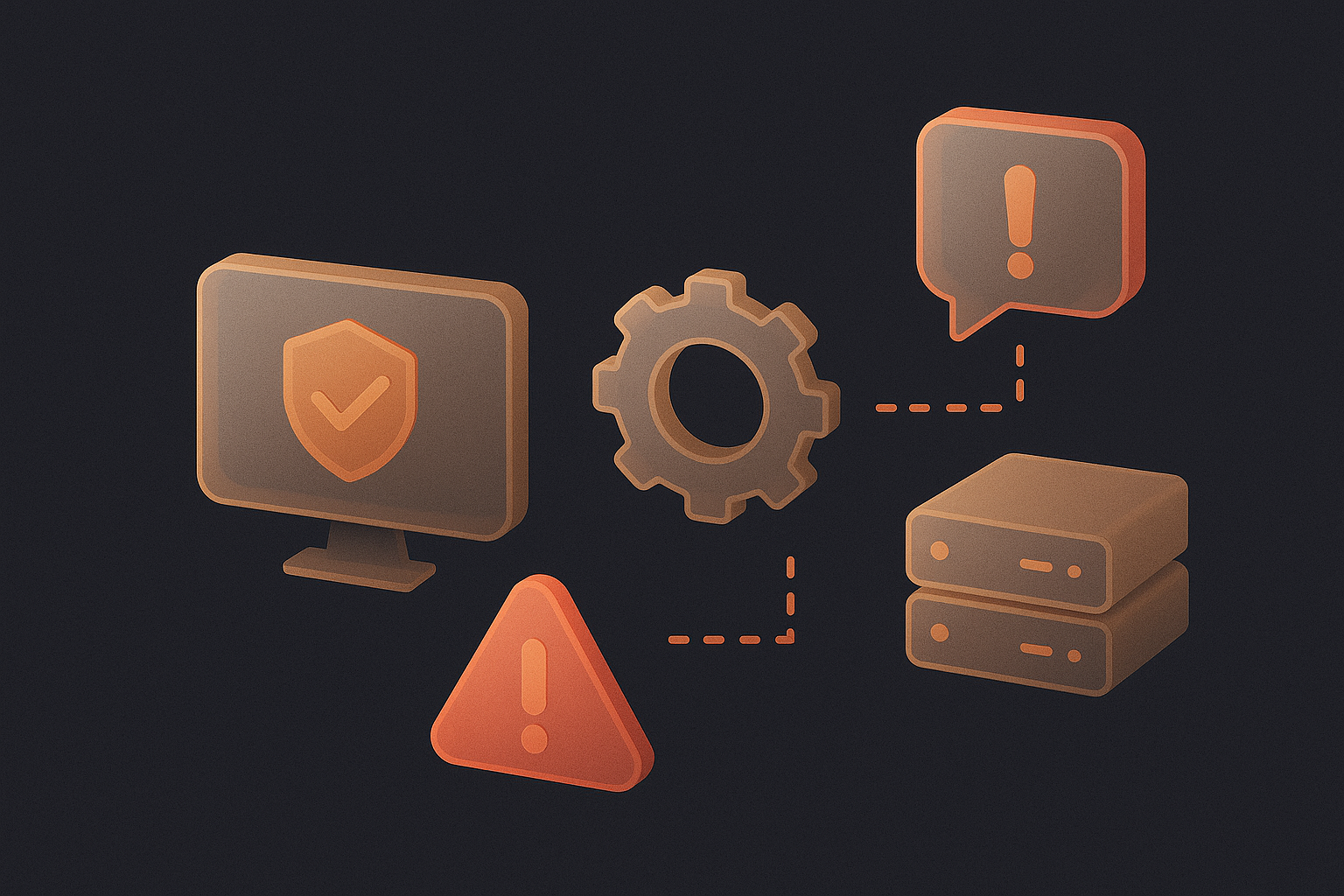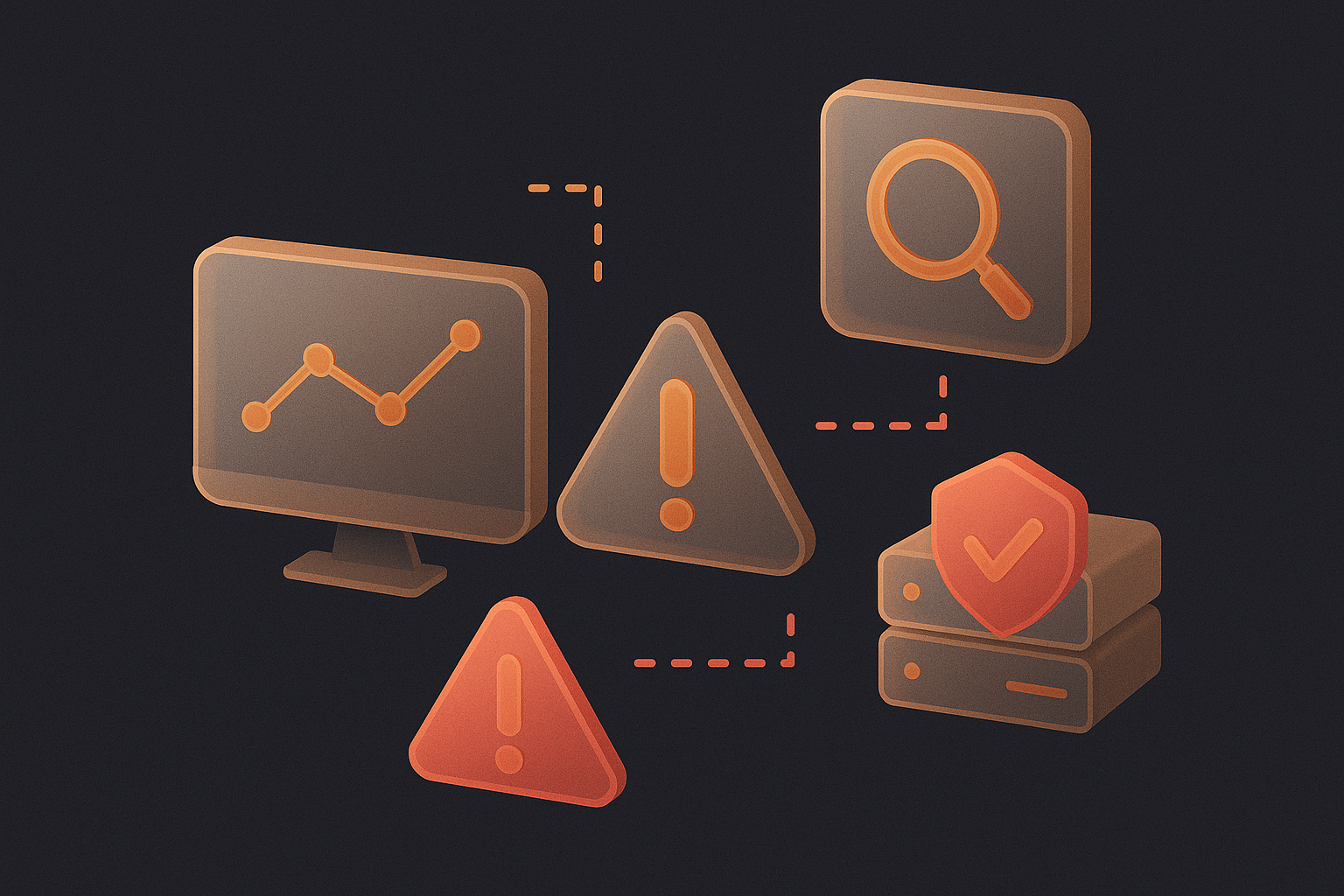ThousandEyes delivers deep visibility into digital experiences across networks, applications, and the cloud. Its agent-based tests are powerful for monitoring, but they can also become a source of noise if not configured carefully. For many admins, the result is too many ThousandEyes agent alerts, false positives, and wasted time chasing down issues that aren’t urgent.
To stay efficient, ThousandEyes admins need a strategy for alert tuning that reduces noise and sharpens focus. Here are step-by-step optimization tips to configure smarter alerts, cut down on false positives, and keep teams focused on what matters.
Why ThousandEyes Alerts Overwhelm Teams
- Overly Broad Configurations: Default settings often trigger alerts for every minor test failure, regardless of impact.
- Duplicate Agent Alerts: The same issue across multiple agents floods dashboards and inboxes.
- Lack of Context: Raw alerts show what failed, not why, forcing manual investigation.
- Alert Fatigue: When too many alerts fire, critical incidents can slip through unnoticed.
This is exactly why admins need both smarter configurations and, ideally, a smart incident management layer to cut down the noise.
Step 1: Start with Baseline Metrics
Before tuning, analyze historical data from your ThousandEyes environment. Which alerts typically resolve themselves? Which correlate with meaningful outages? Use this baseline to determine which thresholds should be raised, lowered, or removed entirely.
Step 2: Fine-Tune Alert Rules
Adjust test configurations so they reflect real-world performance expectations.
- Latency thresholds: Set them based on normal fluctuations, not absolute minimums.
- Packet loss: Avoid overly strict thresholds that trigger from momentary spikes.
- Availability checks: Require multiple consecutive failures before generating alerts.
The goal is to reduce ThousandEyes noise while keeping signals strong enough to spot real problems.
Step 3: Group and Correlate Alerts
When multiple ThousandEyes agents report the same failure, that often points to a single underlying issue. Instead of reacting to dozens of duplicate alerts, use correlation strategies to treat them as one incident. Solutions like AlertOps can automatically stop duplicate alerts by consolidating them into a single actionable notification.
Step 4: Route Alerts Intelligently
Even with tuned alerts, response can fall apart if routing is inefficient. Configure escalation policies so alerts reach the right on-call engineer without delay. A smarter on-call alternative like AlertOps automates this across SMS, email, Slack, Teams, and voice calls.
Step 5: Layer AI-Powered Incident Management
ThousandEyes monitoring shines when paired with an AI-powered incident management layer. With AlertOps, you can:
- Stop alert noise: Suppress low-value notifications.
- Smartly prioritize: Use machine learning to surface critical ThousandEyes alerts first.
- Automate workflows: Route incidents dynamically based on severity and availability.
- Learn continuously: Leverage historical insights and AI-generated postmortems for ongoing optimization.
Tuning ThousandEyes agent alerts is not about silencing visibility. It is about striking the right balance between awareness and action. By fine-tuning alert thresholds, consolidating duplicates, and routing incidents intelligently, admins can drastically reduce ThousandEyes noise and free up their teams to focus on real issues.
When paired with AlertOps, ThousandEyes monitoring becomes even more powerful. Together, they provide the clarity of deep visibility with the control of smart incident management, helping IT teams respond faster, reduce fatigue, and keep digital experiences running smoothly.



